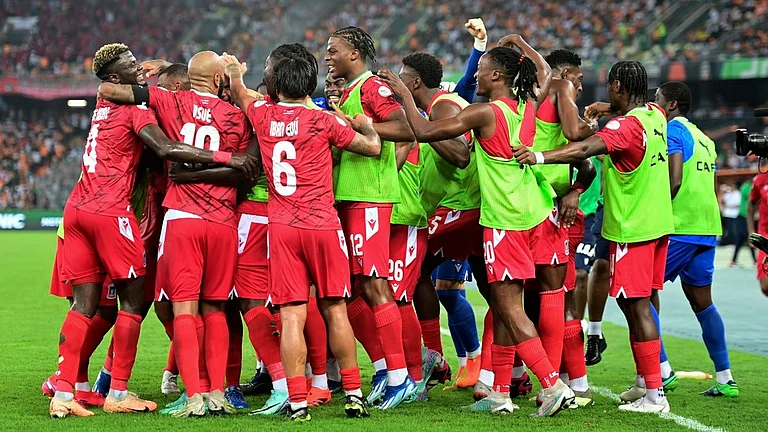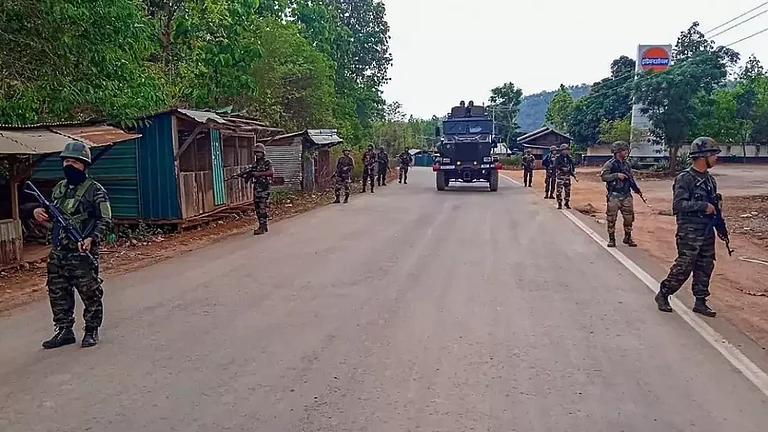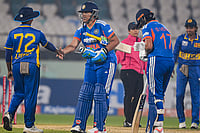Sixty years on as a republic and six censuses later, India is again grappling with that vexing issue—the listing of castes in the 2011 census. This is being done now to enumerate the backward castes, whose numbers, it seems, are still an unresolved issue for many. That said, a census update on castes will throw up more than just numbers. It will lay bare this caste-riven country, bringing out data on not just migration patterns and societal faultlines but also unsavoury nuggets such as how specific castes behave like republics of their own (for example, the Jat khaps), and how others selectively abort foetuses.
The last full-fledged data available on ‘Caste, Tribe and Race’ was in the 1931 census. Census commissioner M.W.M. Yeats mentions that till February 1940, the British were undecided whether to have a census at all in 1941. World War II had had an impact on the funding, of course, so there was only a certain degree of caste sorting in that census. After independence, the 1951 census retained only the SCs and ST categories, for delimitation of constituencies.
One prime feature of the 1931 census was the data on the sex ratio of each caste group, which clearly indicated which groups were killing their newborn daughters (since they didn’t have pre-natal sex determination techniques then). The worst sex ratio was among the Jats, who had only 806 females for every 1,000 males. (Any wonder that the khaps rule the roost even today in Haryana?)
It was the upper castes that accounted for the worst sex ratios in the 1931 data. This might have been due to certain castes like the Rajputs and Banias considering the female child a liability. The Rajputs had only 860 females for every 1,000 males and the Banias only 886. The Brahmins had only 899 and the Kayasthas 889 females per 1,000 males.
This brings us to some of the lower castes, which were found to have the best sex ratios (since they never looked at the female child as a liability). The Mala caste of Andhra had 1,028 females per 1,000 males; the untouchable Mahars of Maharashtra, Holeyas of Karnataka and Pulayas of Kerala together had 1,002. The Dushaads of eastern India had 1,026 females per 1,000 males. The tribes had the best sex ratios.
But it was not always caste that determined the sex ratio. The Chamars of north India had only 960 females per 1,000 males, the Churas even worse—just 827. Contrary to the north Indian upper castes, the matrilineal Nairs of Kerala revealed a robust 1,049 females per 1,000 males, the Marathas 963 and even better, the Kshatriyas of Andhra, the Raju caste, had 1,009. Isn’t that reason enough for a North-South divide on the intransigency of patrilineal systems?
Among the backward castes, the Gujjars had only 836 females per 1,000 males, the Yadavs 940 and the Malis 939. Supposedly progressive castes like the Aroras were found to have only 869 females per 1,000 males, while the Bishnois, who have unique beliefs and practices, had only 887. Would it not be useful to see which castes today are the prime movers in female foeticide? The data will also help in policy-making and in delineating groups that are not clearly defined or show degrees of overlap with other groups.
Punjab and Haryana are the worst when it comes to female foeticide despite their great strides in economic development. Whereas the world average is 990 females per 1,000 males, Punjab’s was a dismal 874 in 2001, falling from 882 in the 1991 census. Haryana stayed at 861 in 2001 despite the best efforts of the government.
Development planners in government have always worked with data from the nsso, National Health Survey and other such, which do use caste as a variable. The Arjun Sengupta commission report on ‘Conditions of Work and Promotion of Livelihoods in the Unorganised Sector’ of 2007, for example, is an eye-opener. It showed that the upper castes formed the richest strata in the country, with 45 per cent falling in the ‘middle to high income’ category, whereas only 12-20 per cent of SCs, STs, obcs and Muslims fell in that category. The report deemed 88 per cent of Dalits and adivasis ‘poor and vulnerable’ in terms of income; 80 per cent of people belonging to the obcs, 84 per cent of Muslims and 55 per cent of the upper castes were also found ‘poor and vulnerable’. This shows caste is still a factor in the marginalisation of people. Even so, we need authentic and current data to know where we stand.
The country certainly needs at least a one-time caste enumeration, for this will provide essential data for our plans to take focused development to three-fourths of the people of the nation. Why, then, should the country deny itself an opportunity to conduct caste enumeration? The British did it for administrative purposes and to understand caste nuances. We can use it to take the nation to new levels of development and to create a better and equitable society.
(The writer is an IAS officer. The views expressed are personal.)

























